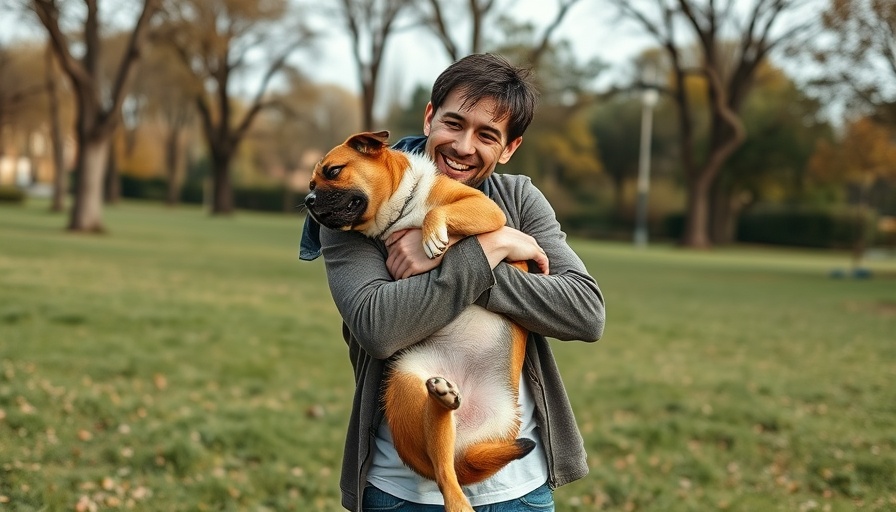
Why Crate Training is a Game-Changer for Your Puppy
As a new pet owner, welcoming a puppy into your home can be a delightful yet challenging adventure. One of the first lessons you should focus on is crate training. Not only does it make toilet training easier, but it also prevents your playful puppy from wreaking havoc on your household items. In fact, establishing a crate as your puppy’s safe haven plays a crucial role in easing the transition for both of you.
In THE #1 Most Important Thing To Teach Your Puppy IMMEDIATELY, the discussion dives into the invaluable practice of crate training, exploring key insights that sparked deeper analysis on our end.
The Benefits of Crate Training
Many pet lovers overlook the benefits of crate training, often thinking it confines their puppy. However, a crate provides a sense of security. For puppies, it can become a cozy retreat where they feel safe and relaxed. By training your puppy to use the crate positively, you're setting the stage for good habits that will last a lifetime.
Also, when you choose to crate train, you'll experience fewer sleepless nights. Imagine settling down, knowing your puppy is content in their crate, not chewing through your favorite shoes or potted plants. This peace of mind can significantly enhance your experience as a new pet owner.
Why Immediate Action is Key
It’s essential to start crate training immediately after bringing your puppy home. This early introduction helps them adapt to their new environment. As soon as they arrive, you should introduce the crate in a positive way – show them that it’s a safe spot filled with their favorite toys or a soft blanket.
Many believe that toilet training is the most challenging part of raising a puppy, but with a proper crate training routine, it can become much simpler. Your puppy will learn that they must wait until they’re let outside to relieve themselves, which reduces the likelihood of accidents in your living space.
Creating a Positive Association
The key to successful crate training is fostering a positive association with the crate. Use treats, praise, and playtime to encourage your puppy to enter and stay inside the crate during training sessions. Always ensure that their crate is a comfortable space, filled with familiar items. Gradually, your puppy will begin to see it as their personal haven rather than punishment.
A Solution for Busy Pet Owners
For busy pet owners, crate training can also serve as a valuable tool. It allows you to secure your puppy when you are unable to supervise them, providing you with peace of mind that your puppy isn’t getting into mischief. It helps in establishing routines for feeding and napping, laying the foundation for a well-behaved adult dog.
Conclusion: Start Your Journey with Crate Training
In summary, the most important thing to teach your puppy immediately is crate training. Not only does it ease the homecoming experience for both you and your puppy, but it also fosters solid, healthy habits that will last a lifetime. Starting crate training today means you can enjoy the journey with your new furry friend while reducing stress and anxiety. So grab some treats, open that crate, and get started on this essential training—it’s a step toward a happier home!
 Add Row
Add Row  Add
Add 




 Add Row
Add Row  Add
Add 

Write A Comment